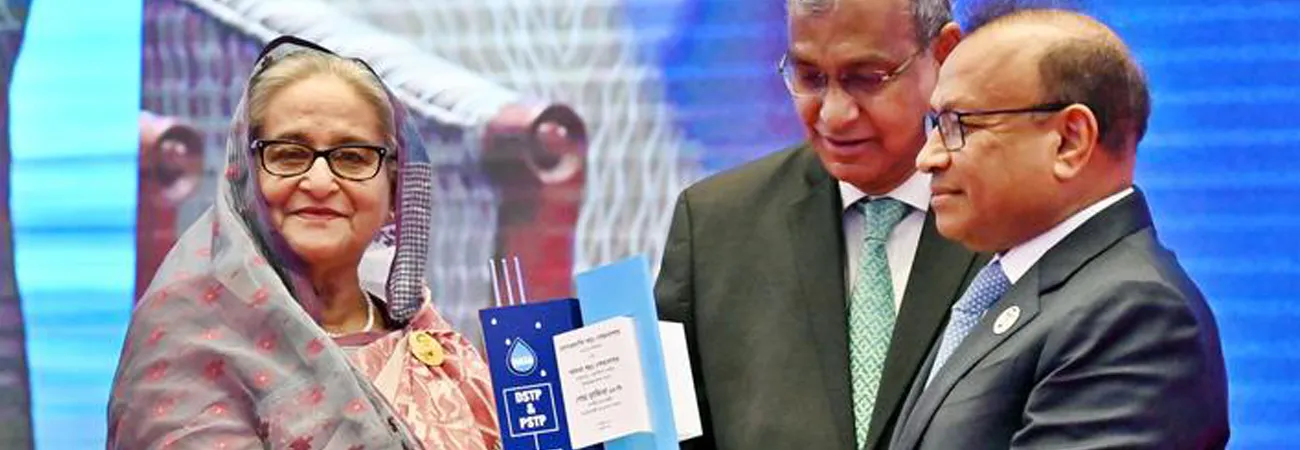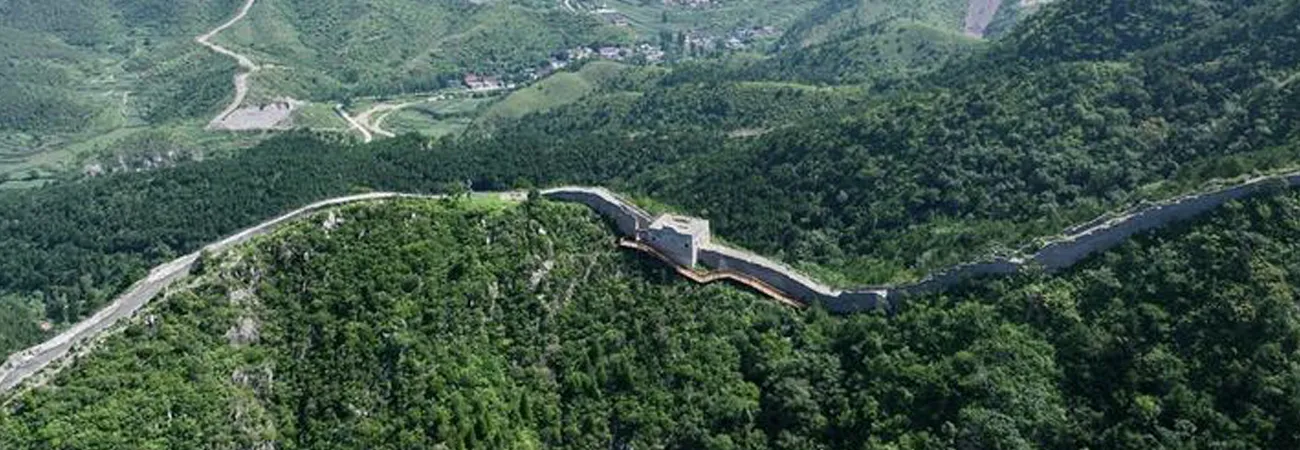XINHUA-PAKISTAN SERVICE
Youhong Lin, Shuyu Li & Yifang Tang
The second Belt and Road Forum for International Cooperation (BRF) was successfully held in Beijing from 25 to 27 April 2019. More than 6000 foreign guests from 150 countries and 92 international organizations have attended the forum. Up to now, 127 countries and 29 international organizations have signed the Belt and Road Initiative (BRI) cooperation documents with China. However, India, which plays an important part in promoting BRI in South Asia, had never participated in the BRF but has launched the Asia-Africa Growth Corridor (AAGC) plan with Japan at the 2017 annual meetings of the Board of Governors of the African Development Bank (AfDB) in May 2017, right after China’s first BRF. Domestic media in India have hyped that the plan is made to contend against China’s BRI and will promote the development and connectivity between Asia and Africa under the premise of freedom, democracy and consultation. Domestic media in India have also trumpeted that the plan will build a free and open Indo-Pacific, which is a better option than the BRI to countries along the route.
From the actual situation, the AAGC still stays in the visionary stage, which means it has little substantive content. There is no open, specific projects and implementation steps so far. India and Japan have not jointly implemented the four pillars of the AAGC yet, including development and cooperation projects, quality infrastructure and institutional connectivity, enhancing capacity and skills, and people-to-people partnerships. They are just carrying out unilateral or bilateral cooperation on the basis of the original cooperative development strategy and infrastructure construction of India or Japan, and have not had any joint cooperation projects with the third party so far.
Besides, with the overall improvement of Sino-Japan bilateral relations and the substantial rebound of Sino-Japan economic and trade relations, China and Japan have already signed more than 50 cooperation agreements during Japanese Prime Minister Abe Shinzo’s visit to China from 25 to 27 October 2018. Third-party market cooperation has become a highlight, especially in the area of finance, energy and infrastructure. This indicates that Japan chose to participate selectively in the BRI instead of implementing the AAGC plan with India to contend against China.
In fact, there is a great development space instead of confrontation between the AAGC and the BRI. First, there is a lot of space and a wide range of cooperation in Africa and Asia. None of China, Japan and India is able to fulfill the prospective investment scale in this area. Thus, Africa and Asia can fully accommodate both the BRI and the AAGC. Second, the promotion of infrastructure construction by India and Japan is also conducive to strengthening regional and interregional connectivity and promoting the development of regional economic integration, which can be partly complementary with China’s BRI. Third, the success of the AAGC and the BRI all depend on the recognition and cooperation of the countries along the route. There is no need for them to sacrifice China in exchange for cooperation with India and Japan. Fourth, there are many other cooperation mechanisms in this region such as the SCO and the BRICS. They will jointly contribute to the prosperity and development of the region and the world if they can learn from each other. Fifth, at present, African countries and India are paying more attention to economic development, anti-poverty and other economic issues. It is difficult for countries such as Japan or USA to persuade them to establish alliances against China through some specific strategies.
Youhong Lin, Scholar, Yunnan University, P.R. China; Shuyu Li, Scholar, Yunnan University, P.R. China; Yifang Tang, Scholar, Guangdong University of Foreign Studies, P.R. China.





